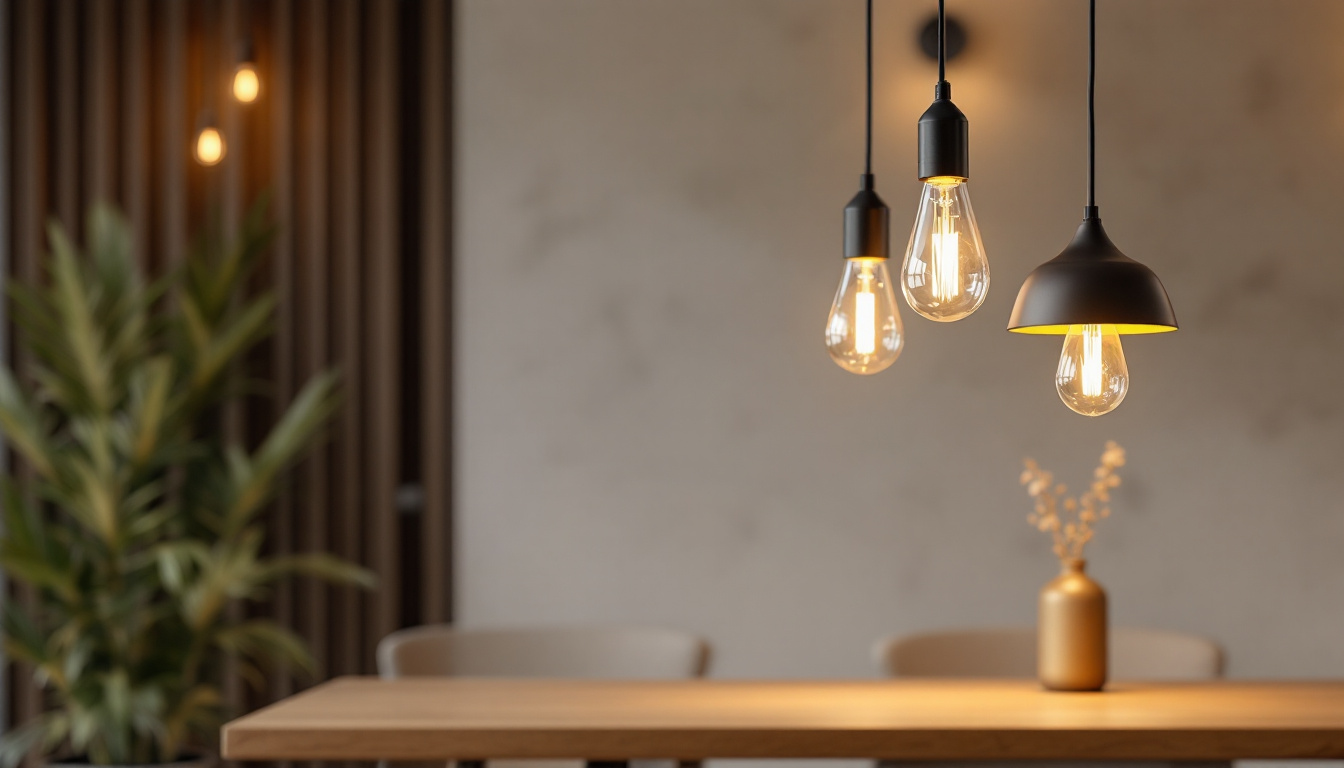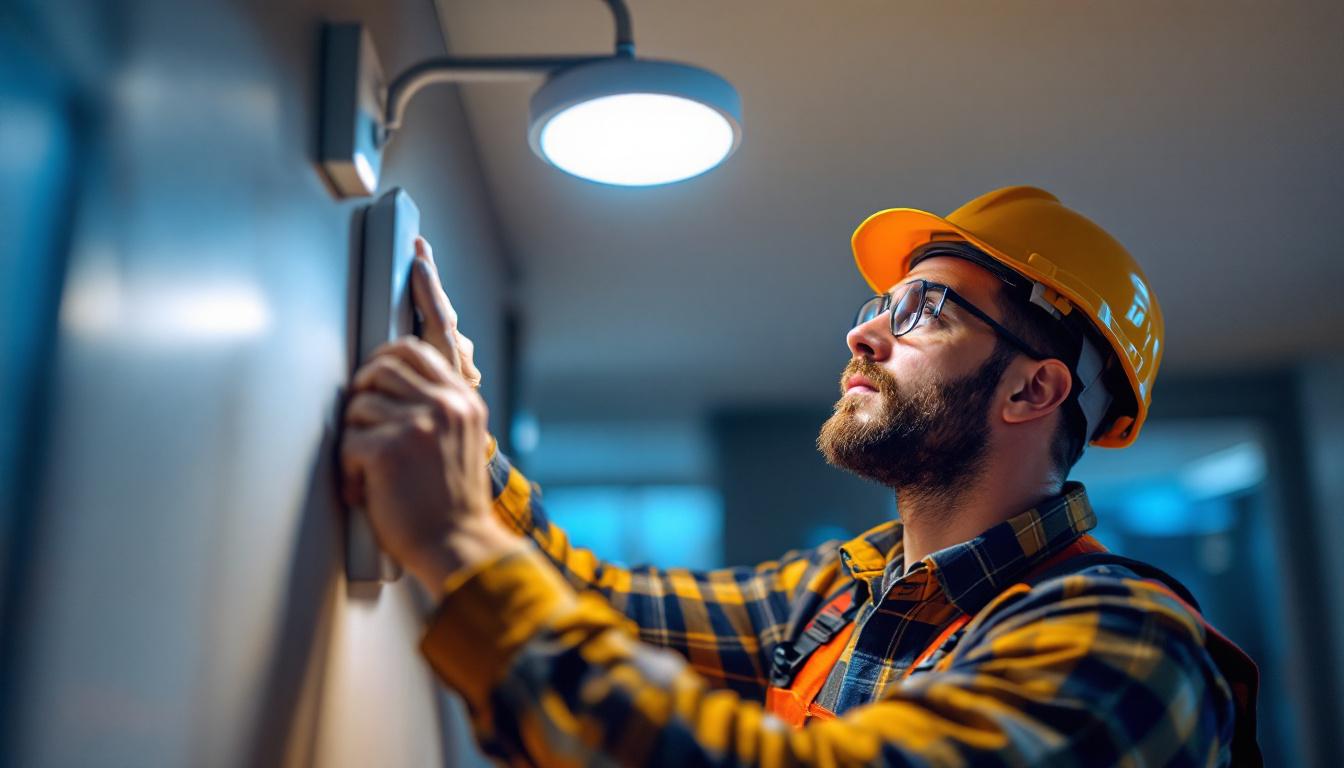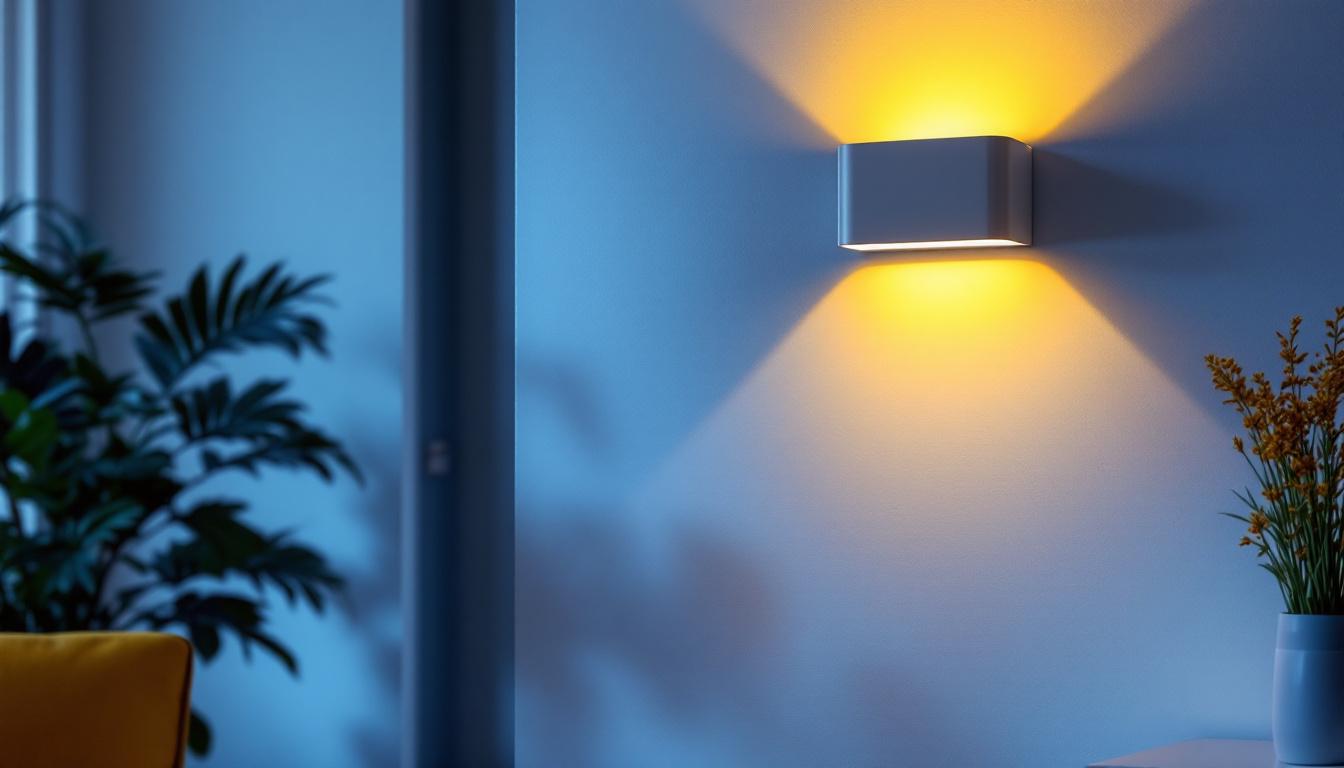
As the popularity of pendant lighting continues to rise, understanding the nuances of these fixtures becomes essential for lighting contractors. This guide delves into the various aspects of pendant lighting, from design considerations to installation techniques, ensuring contractors are well-equipped to meet client needs.
Pendant lighting fixtures are versatile and stylish, often used to enhance the aesthetic of a space while providing functional illumination. These fixtures hang from the ceiling and can vary in size, shape, and material, making them suitable for a wide range of applications, from residential kitchens to commercial spaces.
Contractors should familiarize themselves with the different types of pendant lights available, as well as their specific uses. Understanding these distinctions can help in recommending the right fixture for each project, ensuring both functionality and design harmony.
Pendant lights come in several styles, each serving different purposes. Here are some common types:
When selecting pendant lighting, several design factors should be taken into account. The size of the pendant in relation to the space is crucial; a large fixture in a small room can overwhelm, while a small pendant in a spacious area may not provide adequate illumination.
Additionally, the style of the pendant should complement the overall décor. Modern spaces may benefit from sleek, minimalist designs, while traditional settings may call for more ornate fixtures. Material choices, such as glass, metal, or fabric, also play a significant role in the fixture’s aesthetic and functionality.
Moreover, the height at which the pendant is hung can dramatically influence the ambiance of a room. For instance, hanging a pendant light too low can obstruct views and create a cramped feeling, while placing it too high might diminish its effectiveness as a light source. A general rule of thumb is to hang pendants about 30 to 36 inches above a countertop or table, ensuring both style and practicality are achieved.
Another important aspect to consider is the color temperature of the bulbs used in pendant lighting. Warmer tones (around 2700K to 3000K) create a cozy and inviting atmosphere, making them perfect for dining areas and living rooms, while cooler tones (4000K and above) are better suited for workspaces, providing a more focused and energizing light. This choice can significantly affect the mood of the space, so it’s essential to select bulbs that align with the intended use of the area.
Proper installation is vital for the performance and safety of pendant lighting fixtures. Contractors should adhere to best practices to ensure a seamless installation process. A well-executed installation not only enhances the aesthetic appeal of a space but also maximizes the functionality of the lighting, creating an inviting atmosphere.
Before installation, it’s essential to assess the electrical system and ensure it can support the new fixtures. This may involve checking the wattage and ensuring the circuit is not overloaded. Proper planning can prevent complications during installation. Additionally, evaluating the location for the pendant lights is crucial; factors such as ceiling height, room dimensions, and existing decor should influence the placement to achieve optimal illumination and visual balance.
Having the right tools and materials on hand can significantly streamline the installation process. Essential tools include:
In addition to tools, ensure that all necessary materials are available, such as mounting hardware, electrical wire, and appropriate connectors. This preparation can help avoid delays and ensure a professional finish. It’s also wise to have a level on hand to ensure that the pendant lights hang straight, as uneven installation can detract from their visual appeal and may lead to uneven lighting distribution.
Safety should always be a priority during installation. Before starting any electrical work, it is crucial to turn off the power at the circuit breaker to prevent any accidents. Using a voltage tester to confirm that the power is off can provide additional peace of mind. Wearing safety goggles and gloves is also recommended to protect against any debris or accidental contact with sharp edges during the installation process.
Furthermore, contractors should be aware of local building codes and regulations regarding electrical installations. Compliance with these codes not only ensures safety but also protects the contractor from potential liability. It’s beneficial to consult with a licensed electrician if there are any uncertainties regarding the installation process or local regulations. Keeping abreast of the latest safety standards and electrical codes can help ensure that installations are not only compliant but also reflect best practices in the industry.
The choice of bulbs for pendant lighting can significantly impact both the quality of light and energy efficiency. Understanding the different types of bulbs available is essential for contractors looking to provide the best solutions for their clients.
LED bulbs are increasingly popular due to their energy efficiency and longevity. They consume significantly less energy than incandescent bulbs and have a much longer lifespan, making them a cost-effective choice in the long run. Additionally, LED technology has advanced to offer a variety of color temperatures and brightness levels, allowing for greater customization in lighting design. This versatility makes LEDs suitable for diverse applications, from bright task lighting to soft ambient illumination.
On the other hand, incandescent bulbs offer a warm light quality that many clients still prefer. However, they are less energy-efficient and have a shorter lifespan. Contractors should discuss these options with clients, considering factors such as ambiance, energy costs, and maintenance. It’s also worth noting that some clients may appreciate the ability to use dimmer switches with incandescent bulbs, providing them with more control over the lighting atmosphere in their spaces.
Color temperature is another critical factor when selecting bulbs. Measured in Kelvin (K), it determines the warmth or coolness of the light. For example, bulbs rated at 2700K emit a warm, inviting glow, while those at 5000K produce a cooler, more daylight-like illumination. Understanding the psychological effects of different color temperatures can help contractors guide clients in making informed choices that enhance the mood of their spaces. Warmer tones are often preferred in living areas for a cozy feel, while cooler tones can be more energizing and are typically favored in workspaces.
Brightness, measured in lumens, is also essential. Contractors should evaluate the intended use of the space to recommend the appropriate lumen output. For instance, task-oriented areas like kitchens may require brighter lighting, while living spaces might benefit from softer, more ambient light. It’s also important to consider how the layout and color scheme of the room will interact with the chosen lighting. Lighter walls can reflect more light, potentially allowing for lower lumen outputs, while darker colors may absorb light, necessitating brighter bulbs to achieve the desired effect. This nuanced approach to lighting can transform a space, enhancing both functionality and aesthetic appeal.
Regular maintenance of pendant lighting fixtures can extend their lifespan and ensure optimal performance. Contractors should educate clients on basic maintenance practices, such as cleaning and bulb replacement.
Dust and grime can accumulate on pendant fixtures, affecting both their appearance and light output. A simple cleaning routine can involve using a soft cloth and a mild detergent to wipe down the surfaces. For glass fixtures, a glass cleaner can help maintain clarity and shine.
Contractors should also recommend that clients avoid using abrasive materials that could scratch or damage the fixture’s finish. Regular cleaning can enhance the aesthetic appeal and prolong the life of the lighting fixture.
Occasionally, pendant lighting fixtures may experience issues such as flickering lights or complete outages. Contractors should be prepared to troubleshoot these common problems. Flickering lights may indicate a loose connection or a faulty bulb, while an outage could suggest a blown fuse or a tripped circuit breaker.
Encouraging clients to report any issues promptly can help in resolving problems before they escalate. Providing a basic troubleshooting guide can empower clients and enhance their overall satisfaction with the installation.
Staying updated on the latest trends in pendant lighting can help contractors provide relevant recommendations to clients. The design world is constantly evolving, and being aware of these trends can enhance a contractor’s credibility and appeal.
Minimalism continues to dominate design trends, with clean lines and simple forms taking precedence. Pendant lights that embody this aesthetic often feature geometric shapes and neutral colors, making them versatile enough to fit various interior styles.
Contractors should consider recommending minimalist fixtures for modern spaces, as they can complement a wide range of decor without overwhelming the overall design.
Another emerging trend is the use of mixed materials in pendant lighting. Combining elements such as metal, glass, and wood can create unique and visually interesting fixtures. This trend allows for greater customization, enabling clients to find fixtures that resonate with their personal style.
Contractors should be prepared to discuss these options with clients, showcasing the benefits of mixed-material designs and how they can enhance the overall aesthetic of a space.
Pendant lighting fixtures offer a unique blend of style and functionality, making them a popular choice for various spaces. For lighting contractors, understanding the intricacies of these fixtures—from design and installation to maintenance and trends—is essential for delivering exceptional service.
By staying informed and prepared, contractors can navigate the complexities of pendant lighting with confidence, ensuring that they meet the diverse needs of their clients while enhancing the beauty and functionality of their spaces.
Ready to elevate your lighting projects with the perfect pendant fixtures? At LumenWholesale, we offer an exceptional range of high-quality, spec-grade lighting products at prices that can’t be beaten. Say goodbye to local distributor markups and hello to superior lighting solutions that fit your budget. With our commitment to quality, affordability, and convenience, you’ll find everything you need to impress your clients and illuminate their spaces beautifully. Plus, with free shipping on bulk orders, you can stock up on premium lighting without any hidden fees. Don’t compromise on quality or value; choose LumenWholesale for Wholesale Lighting at the Best Value.

Discover how cam lighting can revolutionize your lighting installation projects with enhanced efficiency and precision.

Explore the top challenges lighting contractors face when removing ballast for LED installations.

Discover expert tips for interior motion sensor light fixtures, overcoming common challenges. Enhance safety, energy efficiency, and convenience—read now!.

Discover essential tips for selecting and installing wall light LEDs to ensure your lighting projects are both cost-effective and visually stunning.